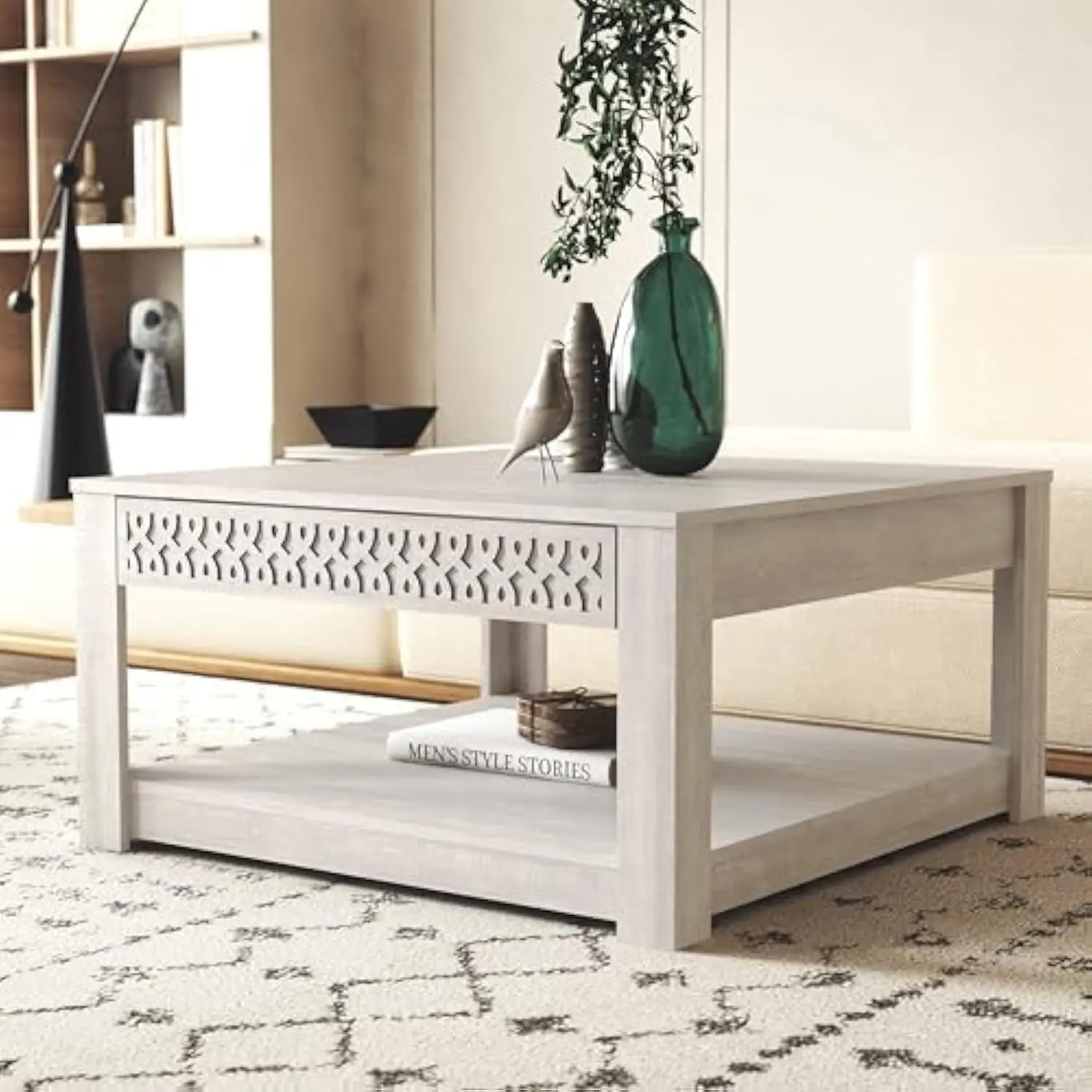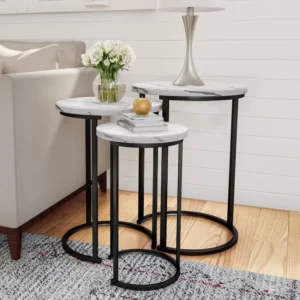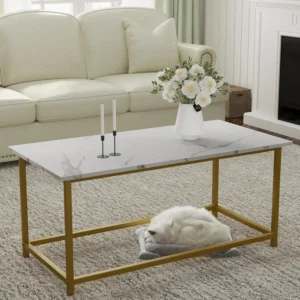The Essence of Nordic Design Philosophy in Table Creation
Nordic design philosophy represents a unique approach to furniture creation that balances form and function in perfect harmony. When applied to table design, this philosophy manifests through several distinctive characteristics:
- Simplicity over complexity – Tables feature clean lines and uncluttered surfaces, avoiding unnecessary ornamentation
- Functionality as the guiding principle – Every element serves a purpose, with no superfluous details
- Nature as inspiration – Organic forms and natural materials create a connection to the Scandinavian landscape
At its core, Nordic table design directly expresses the cultural values, environmental adaptations, and historical contexts of the Scandinavian region. These aren’t simply pieces of furniture; they’re physical manifestations of a lifestyle that prizes quality over quantity and substance over style.
The concept of “hygge” (hoo-gah) – the Danish notion of coziness and comfortable conviviality – plays a crucial role in Nordic table design. Tables aren’t merely functional objects but central gathering places where life’s meaningful moments unfold.
Understanding the fundamental elements of intelligent black mid-century coffee tables provides valuable context about how Nordic influences have shaped modern table design. The deep respect for materials, craftsmanship, and human-centered functionality creates pieces that transcend trends and remain relevant across generations.
The key features of Scandinavian furniture explain how these foundational principles guide everything from material selection to structural considerations in table creation.
Core Principles That Define Nordic Table Design
Minimalism and Clean Aesthetics
Nordic table design embodies the “less is more” philosophy with remarkable consistency. Tables feature streamlined silhouettes with an emphasis on visual lightness and spatial harmony. This minimalist approach eliminates decorative excesses in favor of honest, straightforward forms.
The clean lines and uncluttered surfaces create a sense of visual calm that aligns perfectly with the Nordic preference for serene living environments. This simplicity isn’t a temporary style choice but a foundational principle that gives these designs their timeless quality.
Many black mid-century coffee table designs demonstrate how these minimalist principles translate into practical pieces that maintain their relevance across decades, balancing aesthetic restraint with visual interest.
Form Following Function
In Nordic table design, practical considerations always drive the creative process. Designers begin by identifying specific human needs and developing solutions that address them efficiently and elegantly.
Tables are conceived with everyday use in mind – from dining and working to socializing and relaxing. Every structural element serves a purpose, whether it’s tapered legs that create visual space, rounded edges for safety, or cleverly integrated storage solutions.
The mid-century modern solid wood coffee tables category showcases numerous examples of how functional considerations shape beautiful objects that enhance daily life.
Honest Materials and Natural Elements
Nordic table design maintains an unwavering commitment to authentic, often locally-sourced materials. Light-colored woods dominate the palette:
- Oak – Valued for its strength and prominent grain pattern
- Ash – Prized for its resilience and slightly lighter tone
- Birch – Cherished for its smooth, pale appearance
- Pine – Appreciated for its affordability and warm character
The preference for these materials creates visual brightness while establishing a tactile connection to nature. Finishes typically enhance rather than disguise the natural wood grain, celebrating the material’s inherent beauty.
Light-Enhancing Properties
In regions where winter daylight is scarce, maximizing available light becomes crucial. Nordic table designs often incorporate:
- Light-colored surfaces that reflect rather than absorb illumination
- Slender profiles that don’t block natural light
- Strategic use of glass elements to maintain visual openness
- Careful consideration of placement relative to windows and light sources
The mid-century modern Danish coffee tables collection displays these authentic Nordic design influences, highlighting how light and material work together to create inviting spaces.
Environmental and Cultural Influences on Nordic Tables
Adapting to the Nordic Climate
The harsh Nordic climate, with its long, dark winters, has profoundly shaped table design in the region. With daylight sometimes limited to just a few hours during winter months, designs that maximize and reflect light became not just aesthetically pleasing but practically necessary.
Tables in Nordic homes often serve as central gathering points for creating “hygge” – that distinctive sense of coziness and comfort that helps combat the psychological effects of extended darkness. The table becomes more than furniture; it’s a place where warmth, light, and human connection converge.
The indoor-focused lifestyle during harsh winter months meant that furniture needed to contribute to comfortable, functional living spaces. Tables were designed with versatility in mind, accommodating everything from meals to crafts to social gatherings.
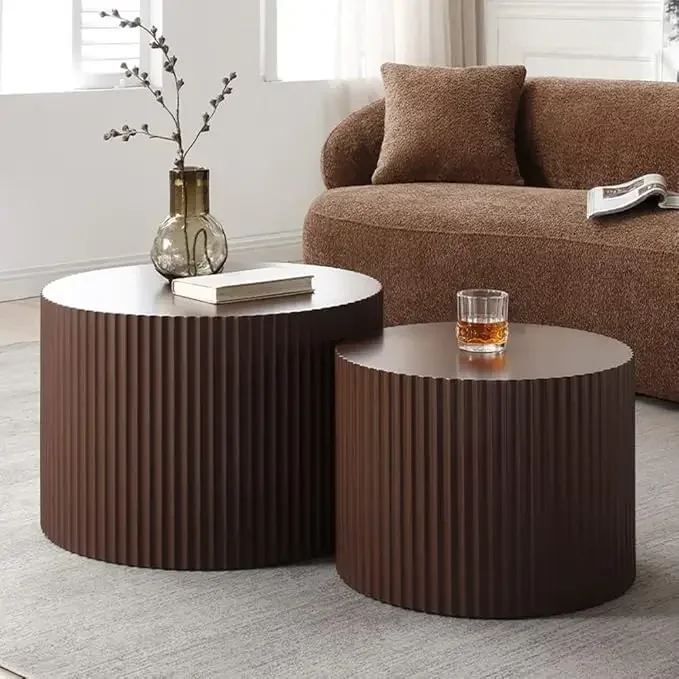
The mid-century modern nesting table sets demonstrate the adaptable nature of Nordic-influenced design, offering space efficiency without sacrificing style or functionality.
Societal Values Reflected in Design
Democratic ideals run deep in Nordic societies, and their table designs reflect this commitment to accessibility and equality. Unlike the ornate, status-signaling furniture of other regions, Nordic tables embody understated elegance available to many rather than opulence restricted to few.
The cultural emphasis on equality manifests in modest yet thoughtfully crafted tables that prioritize function over ostentation. These pieces communicate values through their straightforward honesty rather than elaborate displays of wealth or status.
The Scandinavian Danish coffee table design philosophy deeply embeds these social values, creating pieces that foster connection and community rather than hierarchy.
Resource Consciousness and Sustainability
Historical resource limitations in the Nordic region fostered a tradition of thoughtful material use with minimal waste. Woodworking techniques evolved to maximize the utility of available materials, resulting in efficient designs that do more with less.
This historical frugality naturally extends into today’s focus on sustainability and environmental responsibility. Contemporary Nordic table design often incorporates:
- Responsibly sourced materials with transparent supply chains
- Production methods that minimize environmental impact
- Durable construction that ensures longevity, reducing consumption
- Timeless aesthetics that resist obsolescence and disposability
Distinctive Features of Nordic Table Design
Structural Characteristics
Nordic tables feature distinctive silhouettes characterized by clean lines and balanced proportions. The visual harmony stems from thoughtful consideration of every structural element and how they work together.
Tapered legs represent one of the most recognizable features, creating a sense of visual lightness despite the solid construction. This tapering effect produces an elegant narrowing from top to bottom that makes pieces appear to float rather than dominate a space.
Edge treatments often include subtle roundovers or chamfers that soften the overall appearance while maintaining geometric integrity. These small details significantly impact both the visual and tactile experience of the table.
Joinery techniques in Nordic table design brilliantly combine functionality with visual simplicity. Traditional wood-to-wood connections like finger joints and mortise-and-tenon assemblies provide structural integrity while contributing to the overall aesthetic.
The mid-century modern walnut coffee tables showcase many of these distinctive structural elements, demonstrating how material and form create cohesive, appealing designs.
Material Selection and Treatment
Light-colored hardwoods dominate Nordic table design, creating bright, airy pieces that reflect rather than absorb the limited northern light. These woods are typically finished to enhance their natural characteristics rather than disguise them.
Finishing techniques prioritize preserving and highlighting the authentic wood grain. Oil-based finishes that penetrate the wood rather than creating a thick surface film are common, allowing users to feel the natural texture while providing necessary protection.
Though wood predominates, thoughtful material combinations add visual interest without complicating the overall aesthetic. Subtle metal accents might appear in legs or hardware, while glass elements introduce transparency and reflectivity.
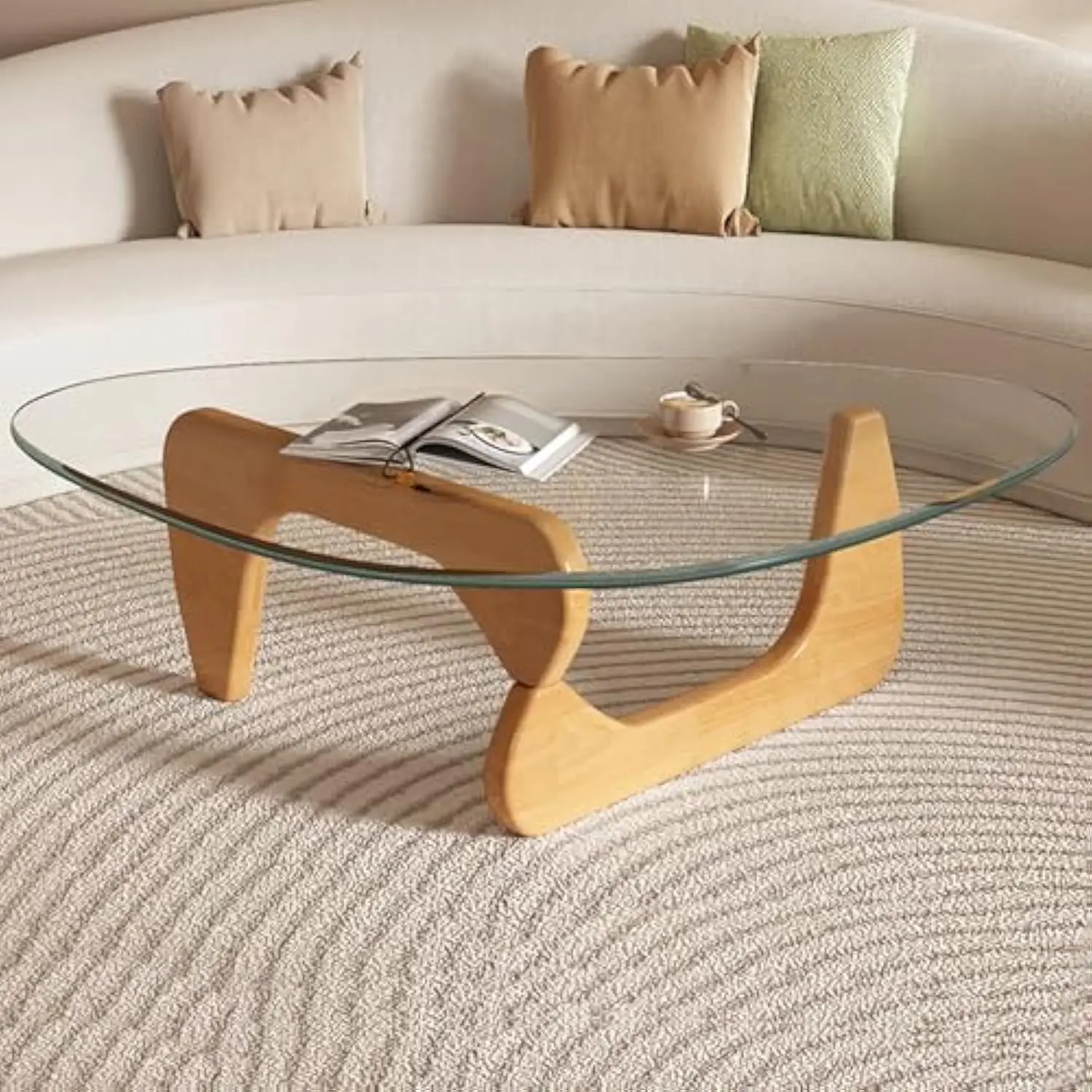
The mid-century modern glass top coffee tables demonstrate how transparency and light play crucial roles in Nordic-influenced design approaches.
Functional Innovations
Practical features elevate Nordic tables from simply beautiful objects to genuinely useful tools for daily living. Extendable surfaces allow tables to adapt to different scenarios, accommodating everything from intimate meals to larger gatherings.
Storage solutions are often cleverly integrated into table designs without compromising visual simplicity. Drawers might be subtly incorporated under tabletops, while shelves or compartments provide practical storage while maintaining clean lines.
Adaptability for various environments and activities represents another hallmark of Nordic table design. Multi-purpose tables that can serve as workspaces, dining areas, or social gathering points reflect the pragmatic approach that defines Nordic design philosophy.
Historical Evolution of Nordic Table Design
Early Foundations (Early 20th Century)
The evolution of Nordic table design began with a transition from traditional folk craftsmanship toward a more refined modern design language. Early pioneers established foundational principles that would define the movement, seeking simplicity, functionality, and connection to nature.
This period marked a conscious reaction against the ornate, heavily decorated styles that had dominated previous eras. Instead, designers embraced functional aesthetics that celebrated clean lines, honest materials, and craftsmanship.
The Danish coffee table construction craft traditions provided essential context for understanding how traditional techniques influenced modern Nordic design approaches, creating a continuous thread of craftsmanship knowledge.
The Golden Age (1930s-1970s)
The mid-20th century brought an explosion of creativity and international recognition for Nordic design. This golden age saw Scandinavian furniture, including innovative table designs, gain worldwide acclaim for its distinctive combination of beauty and utility.
Significant cross-pollination occurred between Nordic designers and other movements like Bauhaus and broader modernism. These interactions enriched the design language while maintaining the distinctive Nordic emphasis on warmth, natural materials, and human-centered functionality.
International exhibitions introduced Nordic design principles to global audiences, generating widespread appreciation for this approach. The clean lines, functional elegance, and honest materials offered a refreshing alternative to more ornate or industrial styles prevalent elsewhere.
Contemporary Interpretations
Today’s Nordic-influenced table design balances traditional principles with contemporary innovations. Modern designers respect historical foundations while embracing new materials, manufacturing techniques, and aesthetic considerations.
Current trends emphasize sustainability alongside the longstanding focus on quality and functionality. Responsible material sourcing, eco-friendly production methods, and designs that promote longevity align perfectly with both historical Nordic values and contemporary environmental concerns.
The styles that go well with mid-century modern demonstrate how Nordic design influences have transcended their regional origins to become globally relevant design approaches that complement various interior styles.
Iconic Nordic Table Designs and Their Legacy
Signature Table Designs
Several table designs have come to epitomize the Nordic approach to furniture creation. These pieces showcase distinctive combinations of clean lines, functional innovation, and masterful craftsmanship that have influenced countless subsequent designs.
Dining tables from the region typically feature expansive, uninterrupted surfaces supported by elegantly tapered legs. These pieces celebrate the ritual of gathering while maintaining visual lightness that prevents them from overwhelming a space.
Coffee and side tables often incorporate organic shapes with gently rounded edges that soften geometric forms. These pieces demonstrate how functional objects can simultaneously serve as artistic elements within a living space.
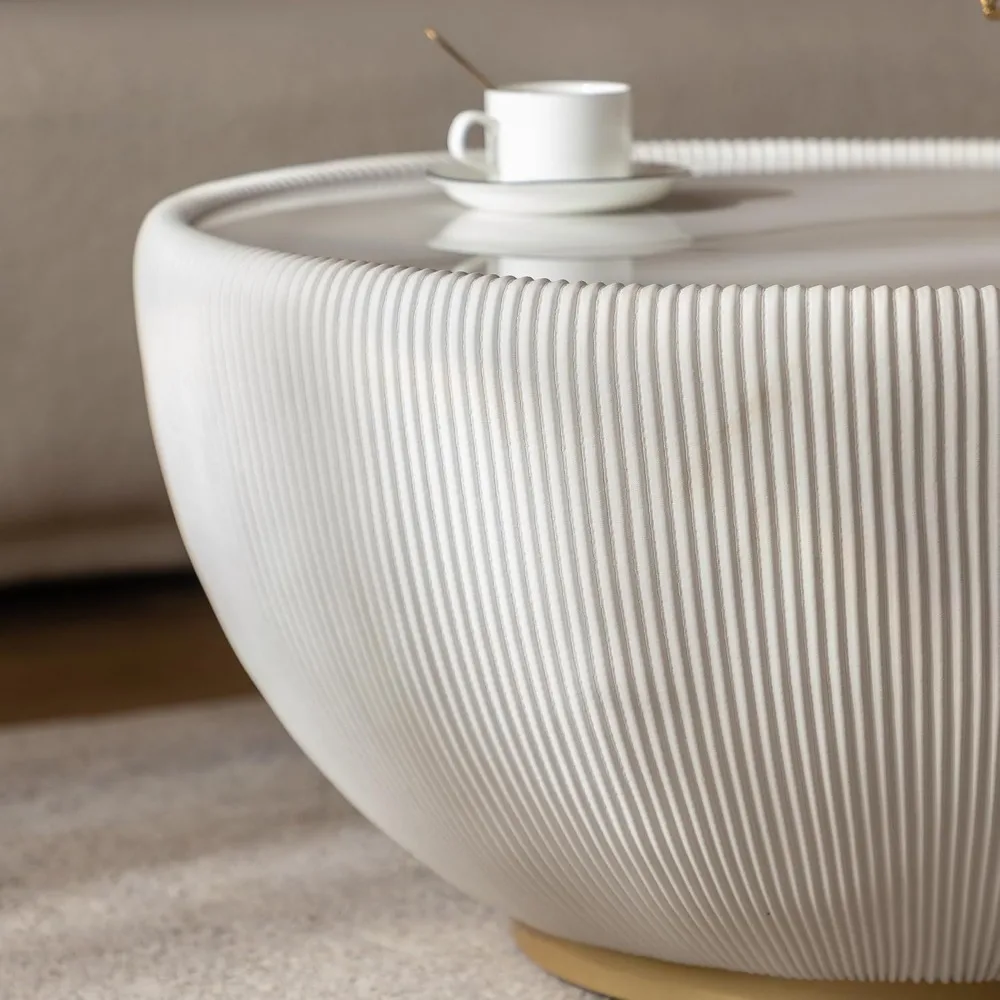
The mid-century modern white coffee tables collection showcases light-colored pieces that exemplify the Nordic preference for brightness and visual clarity.
Contemporary Applications
Classic Nordic table designs continue to influence modern interiors, demonstrating their remarkable versatility across different settings. These pieces work harmoniously within minimalist, mid-century, and even eclectic design schemes.
Contemporary designers regularly reinterpret traditional Nordic principles for current contexts. These adaptations maintain core values like simplicity and functionality while incorporating modern materials, production methods, and aesthetic preferences.
Mid-Century Modern Solid Wood Coffee Tables, Mid-Century Modern Teak Coffee Tables
$879.95 Select options This product has multiple variants. The options may be chosen on the product pageMid-Century Modern Danish Coffee Tables, Mid-Century Modern Oval Coffee Tables, Mid-Century Modern Solid Wood Coffee Tables
$390.05 Select options This product has multiple variants. The options may be chosen on the product pageMid-Century Modern Nesting Side & End Tables, Mid-Century Modern Nesting Table Sets, Mid-Century Modern Round Side & End Tables
$239.35 – $273.06 Select options This product has multiple variants. The options may be chosen on the product pageMid-Century Modern Glass Top Coffee Tables, Mid-Century Modern Glass Top Side & End Tables
$460.58 Select options This product has multiple variants. The options may be chosen on the product pageMid-Century Modern Glass Top Coffee Tables, Mid-Century Modern Vintage Coffee Tables, Mid-Century Modern Vintage Side & End Tables
$725.36 Select options This product has multiple variants. The options may be chosen on the product pageMid-Century Modern Marble Top Coffee Tables, Mid-Century Modern Rectangular Coffee Tables, Mid-Century Modern White Coffee Tables
$163.28 – $189.22 Select options This product has multiple variants. The options may be chosen on the product page
Incorporating Nordic Table Design into Modern Spaces
Identifying authentic Nordic-influenced table designs involves looking for several key characteristics:
- Clean, uncluttered lines with minimal ornamentation
- Light-colored woods or thoughtfully selected materials
- Visible craftsmanship details like joinery and edge treatments
- Functional considerations integrated into the aesthetic
- Proportions that create visual lightness despite solid construction
These tables complement various interior styles beyond strictly Scandinavian settings. Their neutral palette and clean forms provide versatile foundations for both contemporary and traditional spaces.
Placement considerations should maximize the table’s impact within a room. Position these pieces where natural light can highlight their materials and where their functional benefits are most accessible to users.
Material and finish selection should respond to specific living environments. Homes with children might benefit from more durable finishes, while spaces with limited light might favor the brightest wood tones to enhance illumination.
The distinctive features of black mid-century coffee tables provide practical guidance for incorporating Nordic-influenced tables into contemporary living spaces.
The Timeless Appeal of Nordic Table Design
The enduring relevance of Nordic table design stems from its remarkable ability to transcend trends while remaining fresh and applicable to contemporary life. These designs speak to fundamental human needs and preferences that remain constant across generations.
Today’s growing concerns about sustainability and mindful consumption align perfectly with the Nordic tradition of creating quality pieces intended to last for decades. In an era increasingly aware of environmental impacts, the “buy less, buy better” ethos of Nordic design feels particularly relevant.
Beyond aesthetics, Nordic table design principles foster meaningful living spaces that promote well-being. The emphasis on natural materials, human-centered functionality, and visual harmony creates environments that reduce stress and enhance quality of life.
At Hearth Forms, we recognize how these timeless principles create pieces that enrich daily life through thoughtful design. The holistic Nordic approach considers not just how furniture looks, but how it makes us feel and function within our spaces—a philosophy that transcends time and continues to shape how we understand the role of tables in our homes.

